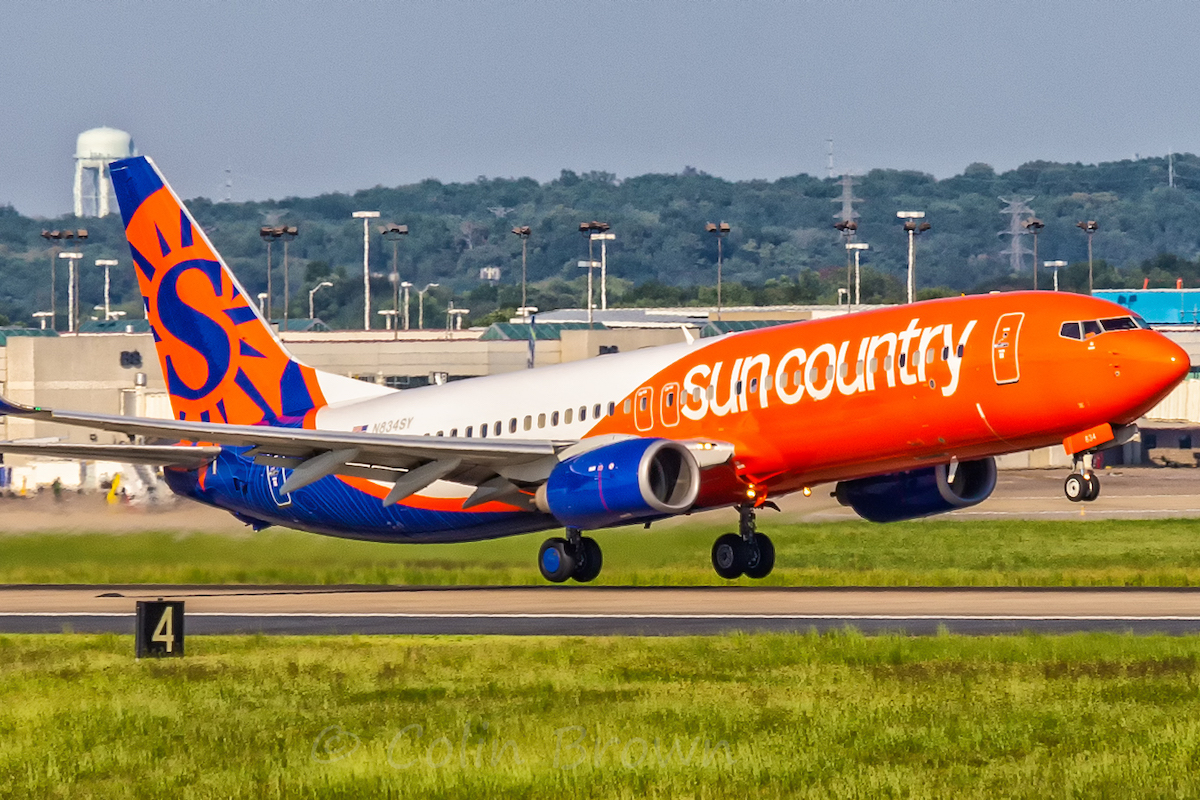How Sun Country Won a Unique Federal Grant, Thanks to Eau Claire, Wisconsin

Photo Credit: Flickr / Colin Brown
It's not often that the U.S. government is willing to think outside of the box for a longstanding grant program that typically runs like clockwork. But it did for Sun Country Airlines in the case of Eau Claire, Wisconsin, where new flights begin in December.
The program, the Department of Transportation's Essential Air Service, or EAS, initiative, provides subsidies to airlines to fly to smaller cities that otherwise would not have air service. Eau Claire has been part of the program since 2009, and served by SkyWest Airlines, which operated on behalf of United Airlines, since 2010. That connection fell victim to the pilot shortage facing U.S. airlines earlier this year when SkyWest notified the DOT that it did not have the crews needed to continue flights to the city and to 28 others.
"We never thought we’d get into the EAS, but Eau Claire was a unique situation," Sun Country Chief Revenue Officer Grant Whitney said. The airline, a hybrid ultra-low-cost-carrier known for connecting the upper Midwest to leisure spots, was "recruited" — in the words of Eau Claire Airport Director Charity Zich — by the airport to put in a bid that strayed significantly from the standard EAS proposal.
The Minneapolis-based carrier is the first mainline airline to win an EAS grant for air service in the U.S. outside of Alaska in more than a decade, if ever. That win could open the door to more such bids, from Sun Country — Whitney said unhesitatingly that they are very interested in further bids — as well as other discounters, to support mainline flights to small cities. Whitney said Sun Country would be interested in future bids based on the performance of Eau Claire. And Allegiant Air, which already serves a number of EAS destinations, should be watching closely.
Sun Country will only offer four weekly flights to Eau Claire on December 1, according to the DOT order. Service will include two weekly flights to Sun Country's Minneapolis-St. Paul hub, and two to a rotation of Fort Myers, Las Vegas, and Orlando throughout the year all on a 186-seat Boeing 737-800. The DOT will pay Sun Country $6.5 million annually for two years for the flights.
EAS rules dictate that an airline must provide two daily flights on an aircraft with 30-50 seat aircraft to destinations outside of Alaska. A waiver was required for Sun Country's proposal — and granted by the DOT — as well as for the increasingly common proposals for more frequent flights on smaller aircraft, like those flown by Cape Air and Southern Airways Express. The regulator did not consider a competing Eau Claire proposal from Boutique Air because a waiver for its nine-seat planes was not sought.
To make Eau Claire work, Sun Country will operate its two Minneapolis flights with a focus on connectivity, said Whitney. Aircraft will fly to Eau Claire in the evening and return in the morning in order to maximize options for further travel. The Fort Myers, Las Vegas, and Orlando flights will operate with aircraft based in those cities.
“This proposal has tremendous traffic and revenue upside and a reasonable chance to see reduced subsidy need in future years," Zich said in a May 24 letter backing Sun Country's proposal to the DOT. She cited the airline's success in entering other small, upper Midwest markets like Duluth, Minn., and Madison, Wis., and gradually expanding capacity over time.
Asked if Sun Country plans to grow in Eau Claire, Whitney was clear that he does not want to put the cart ahead of the horse. The airline has not loaded its schedule for the market yet, something it intends to do in the coming weeks, and has yet to see how the new flights will perform. "I’m expecting it to be successful," he added.
The win also raises questions important questions about small city air service and the EAS program. Eau Claire is located just 93 miles from the Minneapolis-St. Paul airport, or about an hour-and-a-half drive, according to Google Maps. With airlines facing staffing constraints and its — and the Biden administration's — focus on reducing carbon emissions, such short routes may be better served by ground-based transportation, like Landline's buses-as-flights model. Landline already has a partnership with Sun Country to two cities in Minnesota.
One of the main issues with expanding the bus-as-flight model to EAS cities is how the Federal Aviation Administration funds airports. Formula dollars are allocated based on the number of "enplanements," or the number of people that board flights at an airport. That metric does not include passengers who board a bus even if it is operated as a flight and sold exclusively as such. There has been no official move in recent years to change how enplanements are measured.
"We will certainly work with Landline to augment and bolster our service level," Whitney said on its new Eau Claire service. In Sun Country's application to the DOT, said flights "could be supplemented" by Landline buses in the future but was clear to note that no EAS funds would be used for bus services.
